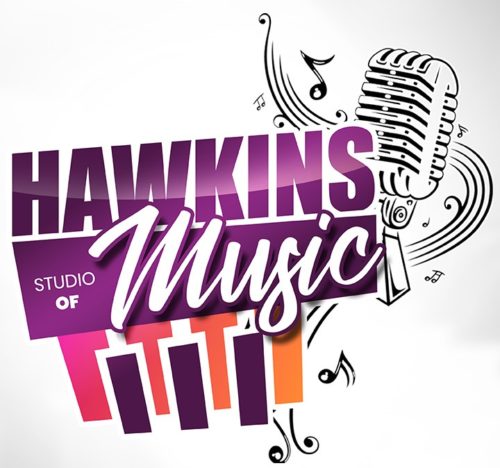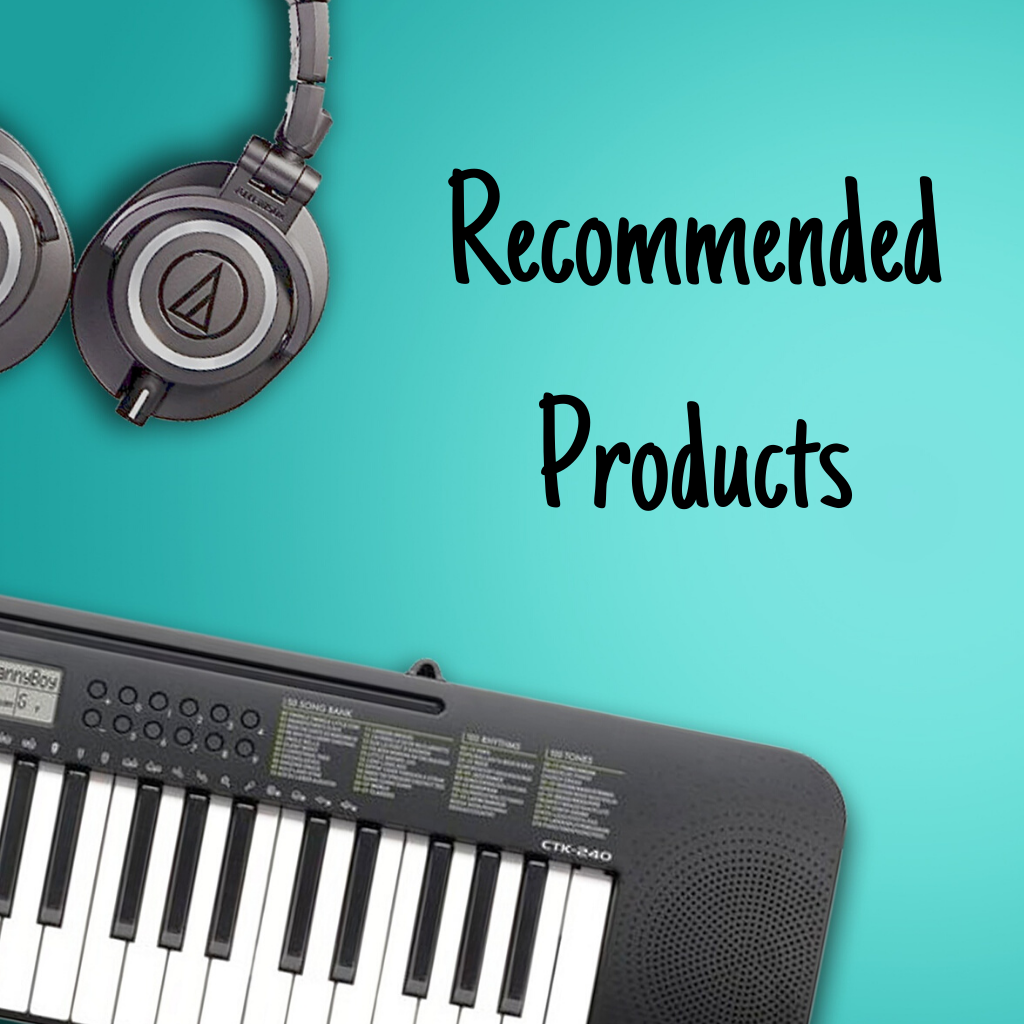
The time has come! You’re finally ready to upgrade and get the instrument you’ve always wanted. But how do you know what to choose when the sea of options feels overwhelming? Today I’m covering the 3 basic types of pianos and how to choose the right one for your needs.
Acoustic Piano These can range anywhere from 50 bucks to 90k+, so it’s important to know what you’re looking for. Set a budget, then talk to a teacher or tuner to make sure the instrument you’re considering is a good value for your money. You don’t want to pay to take out someone’s trash! Also, remember an acoustic piano needs to be professionally tuned a minimum of once a year and kept in a space of adequate temperature/humidity to stay on pitch. Pros: great sound, accurate touch, and longevity Cons: heavy to move, requires tuning and maintenance
Digital Piano Although some say an acoustic is always better, digital pianos have continued to advance and become a very reasonable alternative due to their consistent, realistic sound and not needing to be tuned. Prices vary depending on its features, manufacturer, and age usually between $600-$5,000. I recommend visiting your local piano dealer to see what brands you like, and also checking Craigslist for discounted options. Just don’t buy anything too old— newer tech means better sound and these often don’t share the lifespan of an acoustic. Pros: Real piano touch and sound, does not require tuning Cons: Can be pricey initially, subject to mechanical and electrical failure that cannot be fixed by a regular repairman/tuner
Electric Keyboard These are great for beginners. They are easily set up, moved around, and are by far the most budget-friendly option. However, a committed/advancing pianist will notice the inferior sound quality in many models and begin to suffer major losses in areas like muscular and artistic development if used for too long. To make your investment last as long as possible, only purchase a keyboard with at least 65+ keys (full keyboard is 88), touch sensitivity, pedal attachment, and including an adjustable stand and sheet music holder. Plan to upgrade to weighted keys after a maximum of 3-4 years of committed practice. Pros: Cost and more travel friendly Cons: Often shortened/missing keys, many lack touch sensitivity, no weight resistance, and overall loss of sound quality
Take time exploring your options. The right piano is worth the wait and brings enjoyment for years to come!


